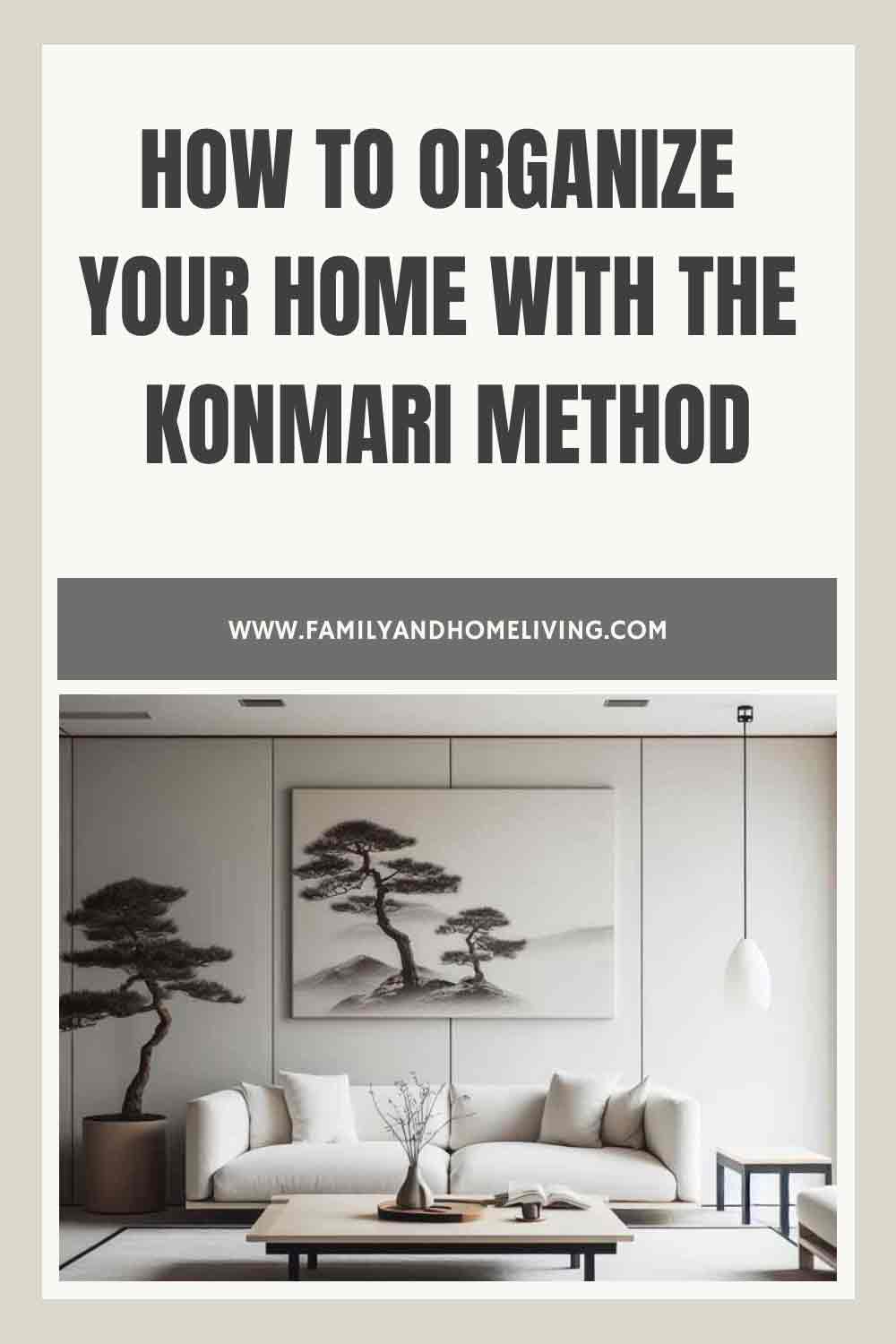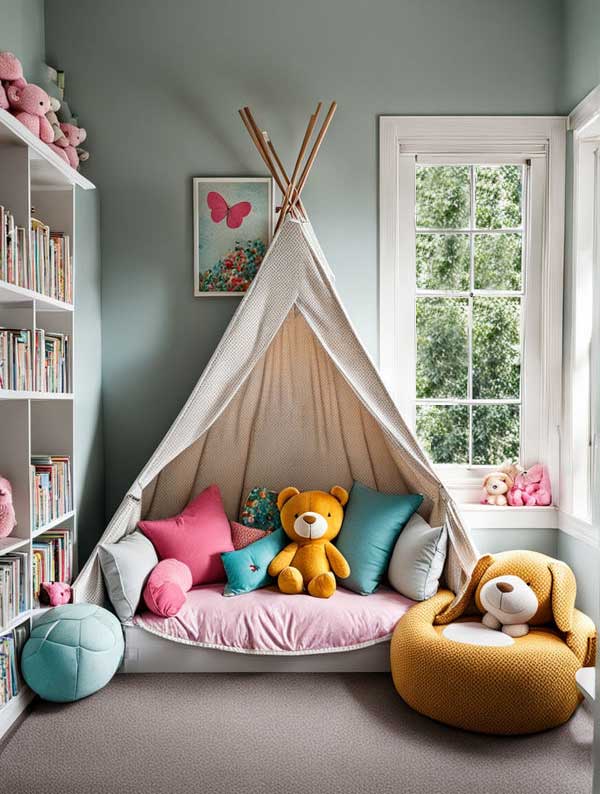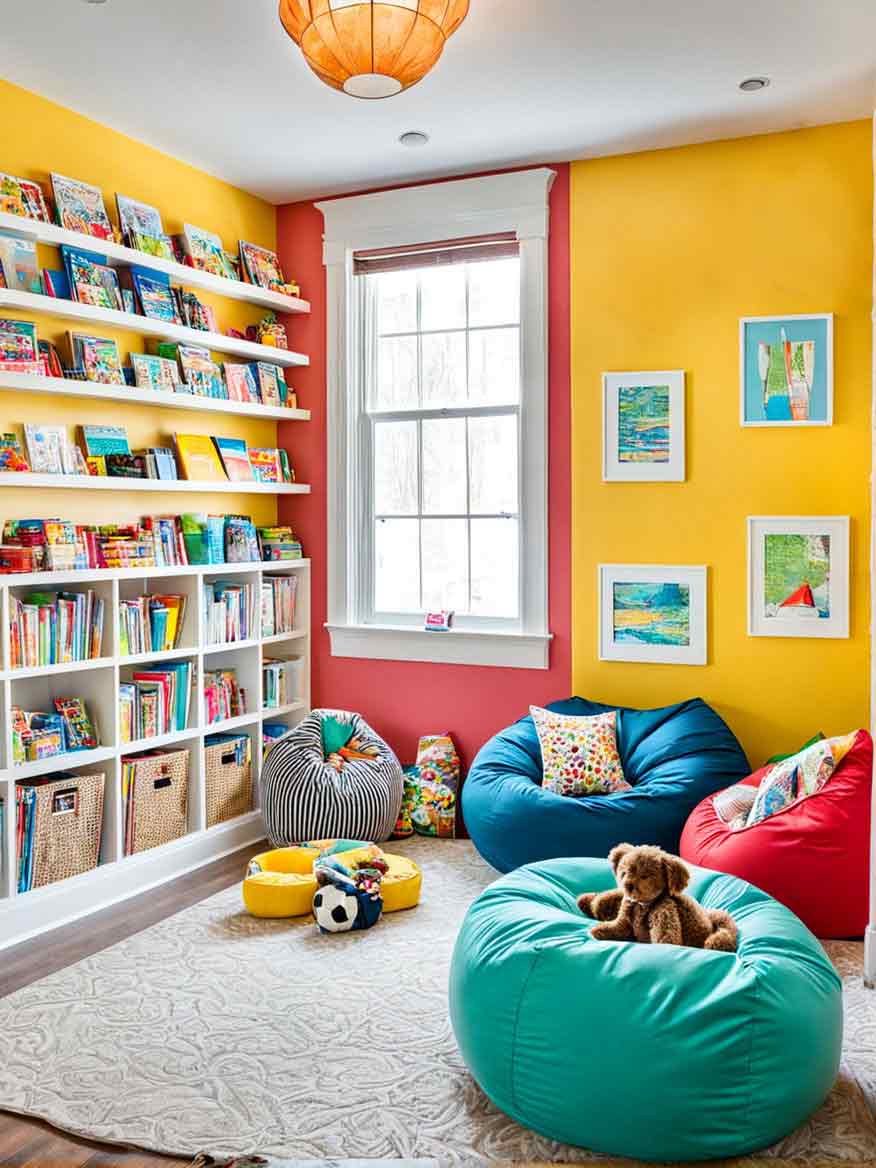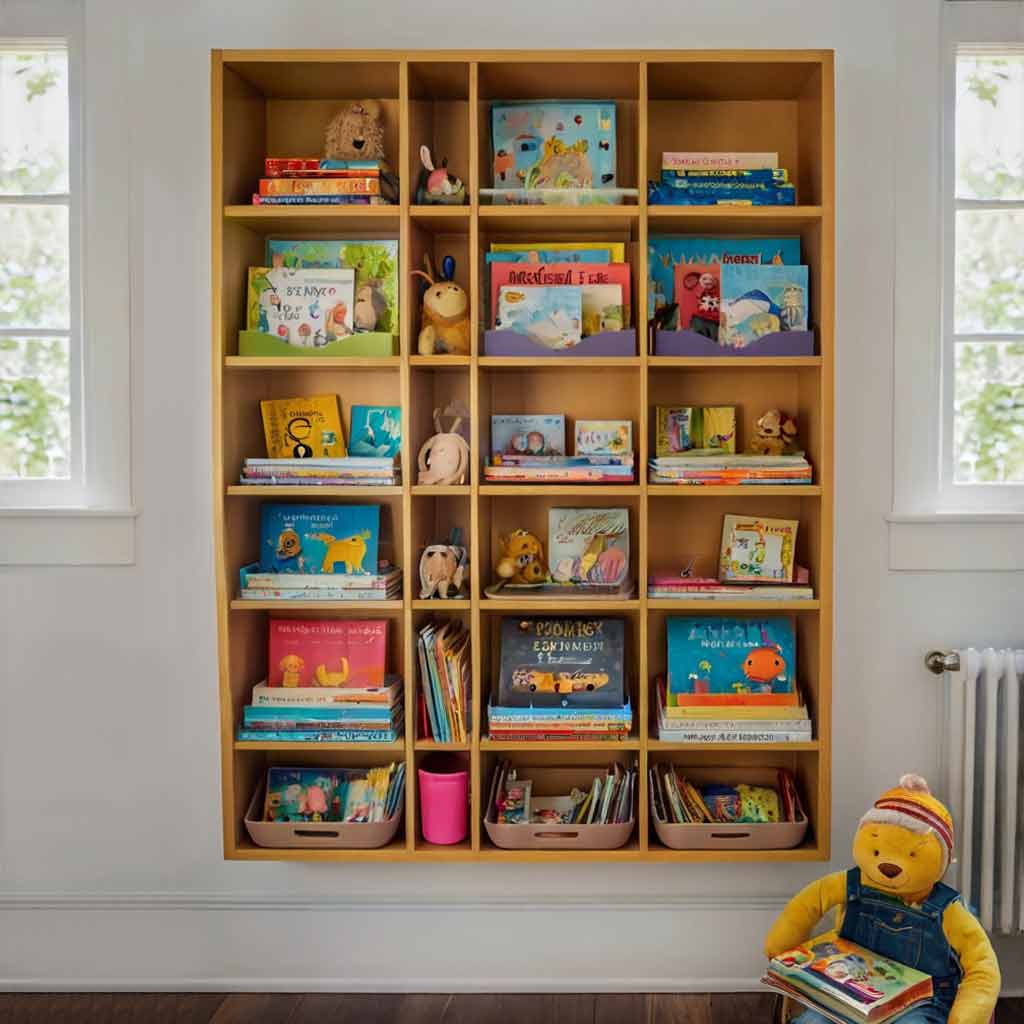This post may contain affiliate links which means we might earn a small commission if you decide to make a purchase through them (at no extra cost to you). Need more info? Click Here
If you’re anything like me, you’ve probably found yourself feeling overwhelmed by clutter and disorganization in your home at some point or another. It’s easy to get caught up in the hustle and bustle of daily life and let our living spaces become cluttered and chaotic.
But what if I told you there’s a way to create a home that’s not only tidy and organized, but also sparks joy and happiness? Enter the KonMari Method, a revolutionary approach to decluttering and organizing developed by Marie Kondo.
The KonMari Method is all about surrounding yourself with only the things that bring you joy and make your life better. It’s a simple yet powerful approach that can help you create a more peaceful and serene living space. In this article, we’ll dive into the principles of the KonMari Method and provide practical tips and advice for applying it to your own life.
If you find this article helpful, please consider pinning it 🙂

What is the KonMari Method?
The KonMari Method is a decluttering and organizing technique developed by Marie Kondo, a Japanese organizing consultant and author. The KonMari Method is not just about getting rid of clutter, but also about creating a more mindful and intentional relationship with the things we own. It’s about surrounding ourselves with only the things that bring us joy and make our lives better.
The KonMari Method involves gathering all items of a particular category (e.g., clothes, books, kitchen items), holding each item, and asking if it sparks joy. If it does, you keep it. If it doesn’t, you thank the item for its service and let it go.
The method is based on six basic steps:
- Commit yourself to tidying up: Make a commitment to yourself to tidy up and create a more organized living space.
- Imagine your ideal lifestyle: Think about how you want to live and what kind of space you want to create.
- Finish discarding first: Get rid of items that no longer spark joy or serve a purpose.
- Tidy by category, not location: Gather all items of a particular category and tidy them together, rather than tidying by location (e.g., tidying one room at a time).
- Follow the right order for tidying: Tidy in the following order: clothes, books, papers, miscellaneous items (komono), and sentimental items.
- Ask yourself if it sparks joy: Hold each item and ask if it sparks joy. If it does, you keep it. If it doesn’t, you thank the item and let it go.
The Five Categories of the KonMari Method
The KonMari Method categorizes your possessions into five categories which will help you to declutter systematically, ensuring that you are able to get on top of every area of your home.
1. Clothing
Begin your journey to a decluttered home by focusing on your clothing. Start by gathering all your clothing items and placing them in one central location, such as your bed – And, if you are anything like me, you will be shocked to see just how much clothing you have collected over the years!
Now, pick up each piece of clothing one by one. Hold it in your hands and ask yourself, “Does this item spark joy?” The key here is not whether the item is practical or necessary but whether it brings you a sense of happiness. If it does, keep it. If not, it’s time to let it go.
Marie Kondo’s unique approach involves thanking each item that you decide to part with. This act of gratitude helps you appreciate the role the item played in your life and eases the process of saying goodbye.
Related:
Creating a Capsule Wardrobe: Simplify Your Style
10 Best Steps and Tips to an Organized Closet
As you declutter, you’ll notice your clothing collection becoming more curated and filled with pieces that truly resonate with you.
2. Books
Books have a very special place in our lives, filled with knowledge, stories, and emotional connections. However, collecting too many books can lead to clutter. The KonMari Method encourages you to curate your book collection thoughtfully.
Begin by gathering all your books in one place. This includes books on your bookshelves, in storage, and even hidden away in corners of your home.
Now, pick up each book and ask yourself, “Does this book spark joy?” Consider the emotions and memories associated with each book. Keep the ones that bring you joy, inspiration, or valuable knowledge. For the rest, express your gratitude and let them go.
Donating books to libraries, schools, or local organizations is a wonderful way to share the joy of reading with others. Alternatively, you can pass them on to friends or family who might appreciate them.
3. Papers
Paper clutter can be overwhelming, and many of us struggle with piles of documents, bills, and paperwork. The KonMari Method provides a systematic way to deal with papers, ensuring that you keep only what truly matters.
Begin by gathering all your papers from various locations in your home. This includes bills, receipts, warranties, old letters, and any other paper-related items. As with clothing and books, seeing everything together helps you gain perspective.
Next, sort through the papers one category at a time. Marie Kondo suggests starting with the simplest category, such as utility bills, and gradually progressing to more sentimental items like old letters or cards.
For each piece of paper, ask yourself, “Does this paper spark joy?” While it may seem unusual to ask this question about paperwork, it helps you discern which documents truly matter to you. Keep essential documents such as passports, birth certificates, and legal records. For the rest, express gratitude and let go.
Creating an organized system for your remaining papers is essential to maintaining a clutter-free environment. Invest in file folders, labels, or a filing cabinet to keep everything neatly organized.
4. Komono (Miscellaneous Items)
The Komono category encompasses a wide range of miscellaneous items found throughout your home. From kitchen utensils to bathroom toiletries and garage tools, this category requires a more systematic approach to ensure that no area is left cluttered.
Begin by creating subcategories within the Komono category. For example, you can start with items in your kitchen, then move on to the bathroom, then continue with garage tools, and so on. By breaking down the category into smaller segments, you make the decluttering process more manageable.
Within each subcategory, hold each item and ask yourself the familiar question: “Does this item spark joy?” Consider not only the item’s functionality but also the happiness it brings you. Keep the items that bring joy and are genuinely useful.
As you declutter each subcategory, take the opportunity to reorganize the remaining items. Invest in storage solutions that make sense for each area of your home. The KonMari Method encourages a sense of order and intention in every space.
5. Sentimental Items
Sentimental items are often the most difficult to deal with because more often than not they have emotional ties to them.
Begin with a specific subcategory of sentimental items, such as photographs, letters, or mementos. Hold each item in your hands and take a moment to reflect on the memories and emotions it evokes. Does this item spark joy? Does it hold a special place in your heart?
Marie Kondo encourages a mindful and deliberate approach to sentimental items. It’s not about discarding everything; it’s about keeping the items that truly matter. Some sentimental items may serve as reminders of cherished memories, while others may no longer resonate with your present self.
For those items that you choose to let go of, consider finding a meaningful way to say goodbye. You can thank the item for the role it played in your life and the memories it holds. This act of gratitude can make the decluttering process more emotionally satisfying.
Organizing sentimental items can also be a creative and joy-filled endeavor. Consider creating memory boxes, albums, or digital archives to preserve and honor the memories associated with these items.
Related: Decluttering Tips for Sentimental Items
Storage Solutions
Learning how to store your things well is essential for maintaining a clutter-free and organized home. The KonMari Method places a strong emphasis on creating a sense of order and intention in every storage space.
Invest in storage containers, boxes, and organizers that align with the KonMari philosophy. Choose items that not only serve a practical purpose but also bring joy through their design and functionality. Transparent storage containers can be particularly useful, allowing you to easily see the contents inside.
Incorporate labels and categorization into your storage solutions. Clear labeling ensures that everything has a designated place, making it effortless to maintain order.
Related:
The Art of Downsizing: Making Room for What Matters!
A Quick Beginner’s Guide to Minimalist Living!
Maintaining Your Joyful Home
Decluttering is not a one-time task but rather an ongoing process and the KonMari method encourages you to regularly review your belongings so that everything in your home creates harmony and brings you joy.
Set up daily and weekly routines that will help you maintain a clutter-free environment. Take a few minutes each day to tidy up and put items back in their designated places. This habit prevents clutter from accumulating over time.
Start incorporating mindfulness into your daily life. Before making a new purchase, ask yourself whether the item truly brings joy and aligns with your vision of a joyful home. This conscious approach to consumption can prevent unnecessary clutter from entering your life.
Final Thoughts
The KonMari Method isn’t just about tidying up; it’s a transformative journey that can lead to a more joyful and fulfilling life. By decluttering your home and surrounding yourself with items that bring you happiness, you’ll create a space that nourishes your well-being and promotes a sense of tranquility.





